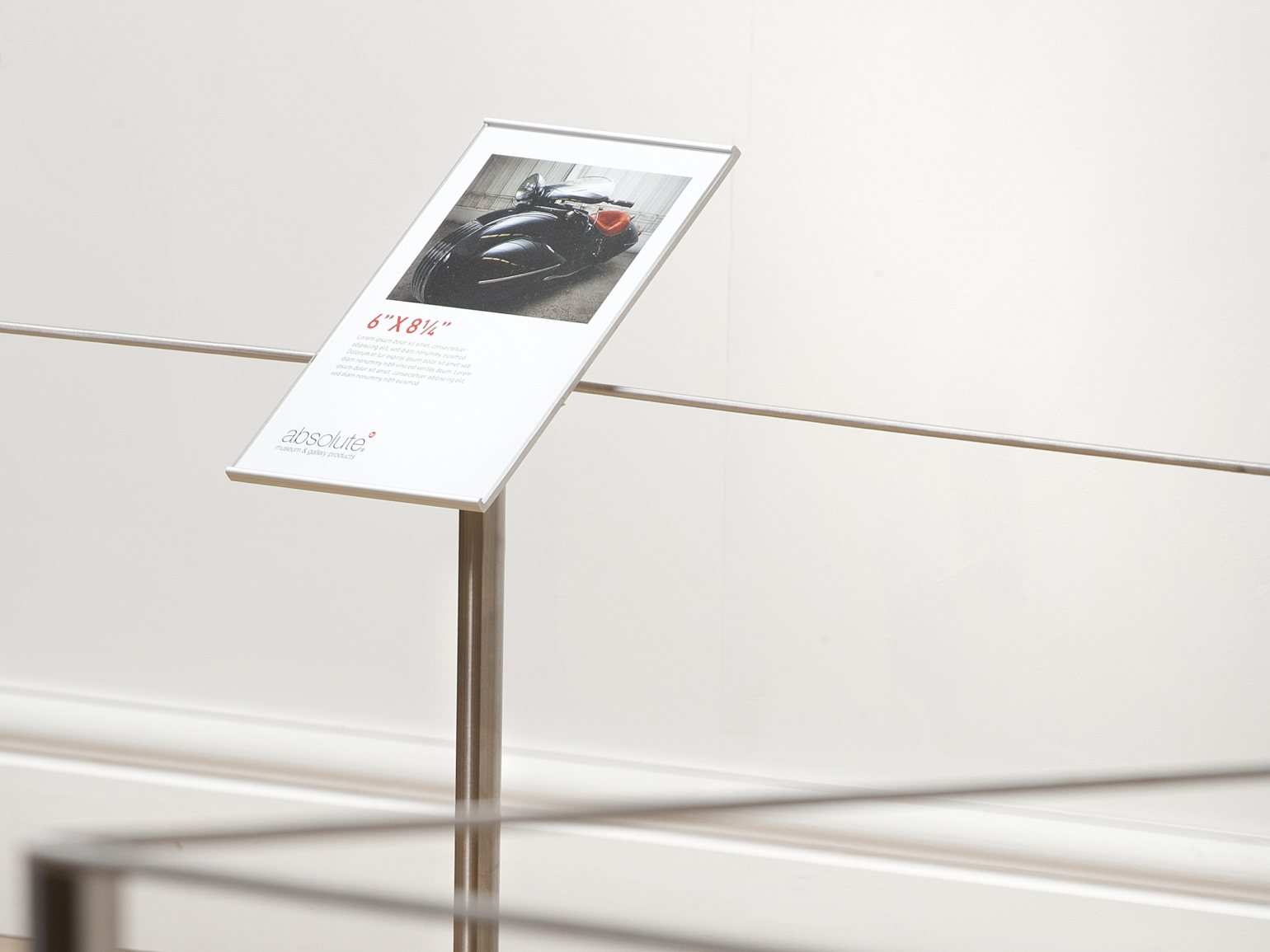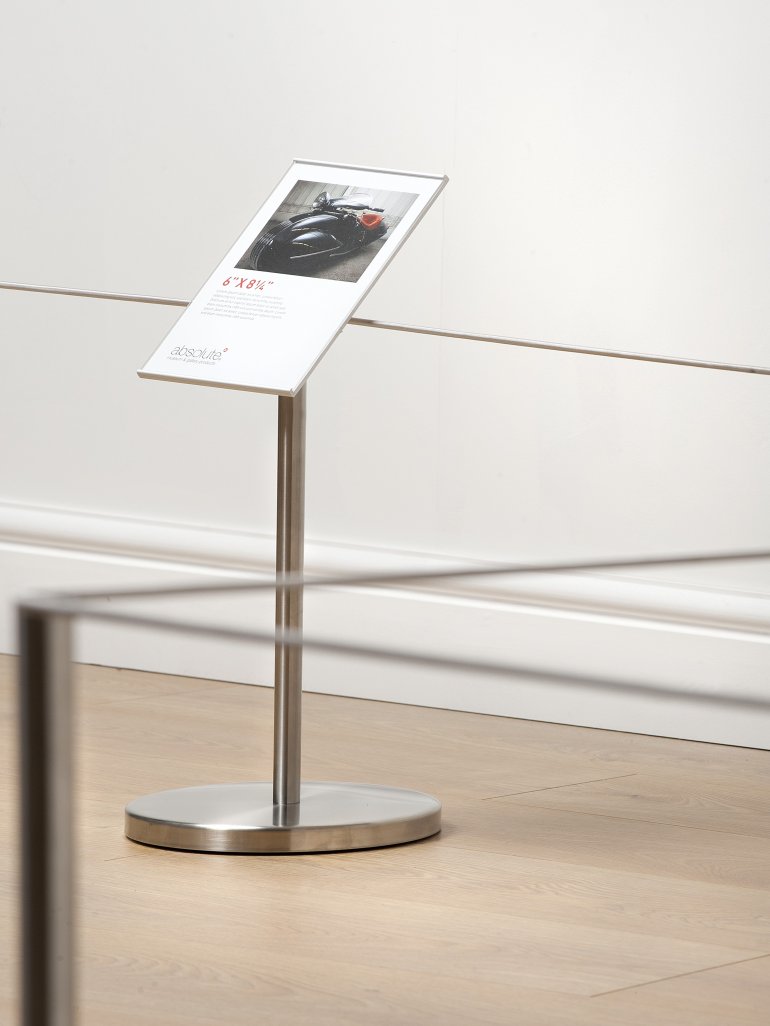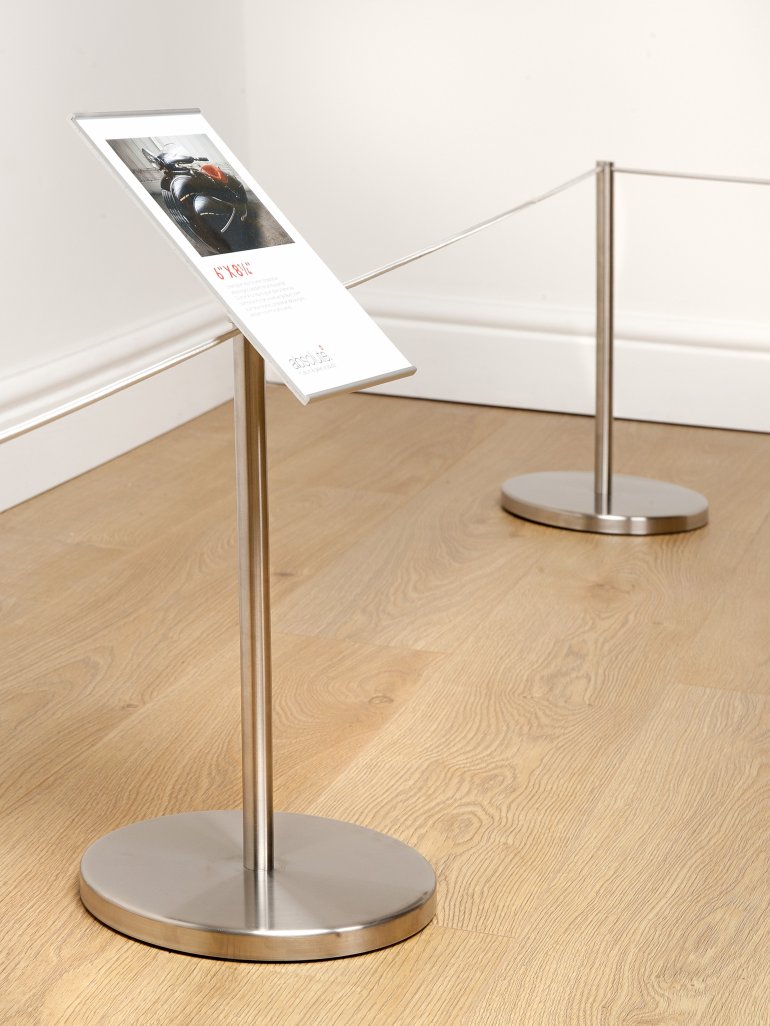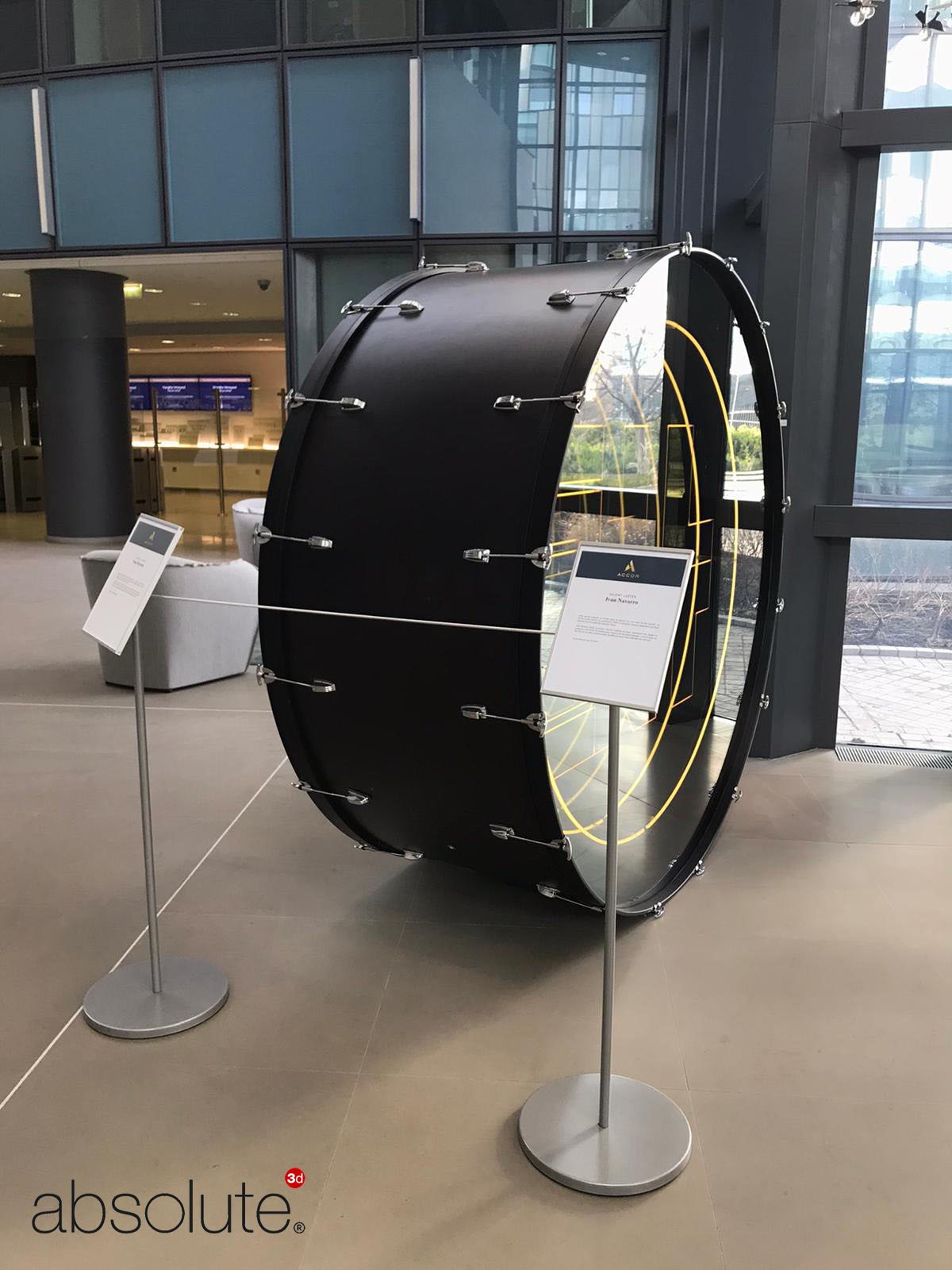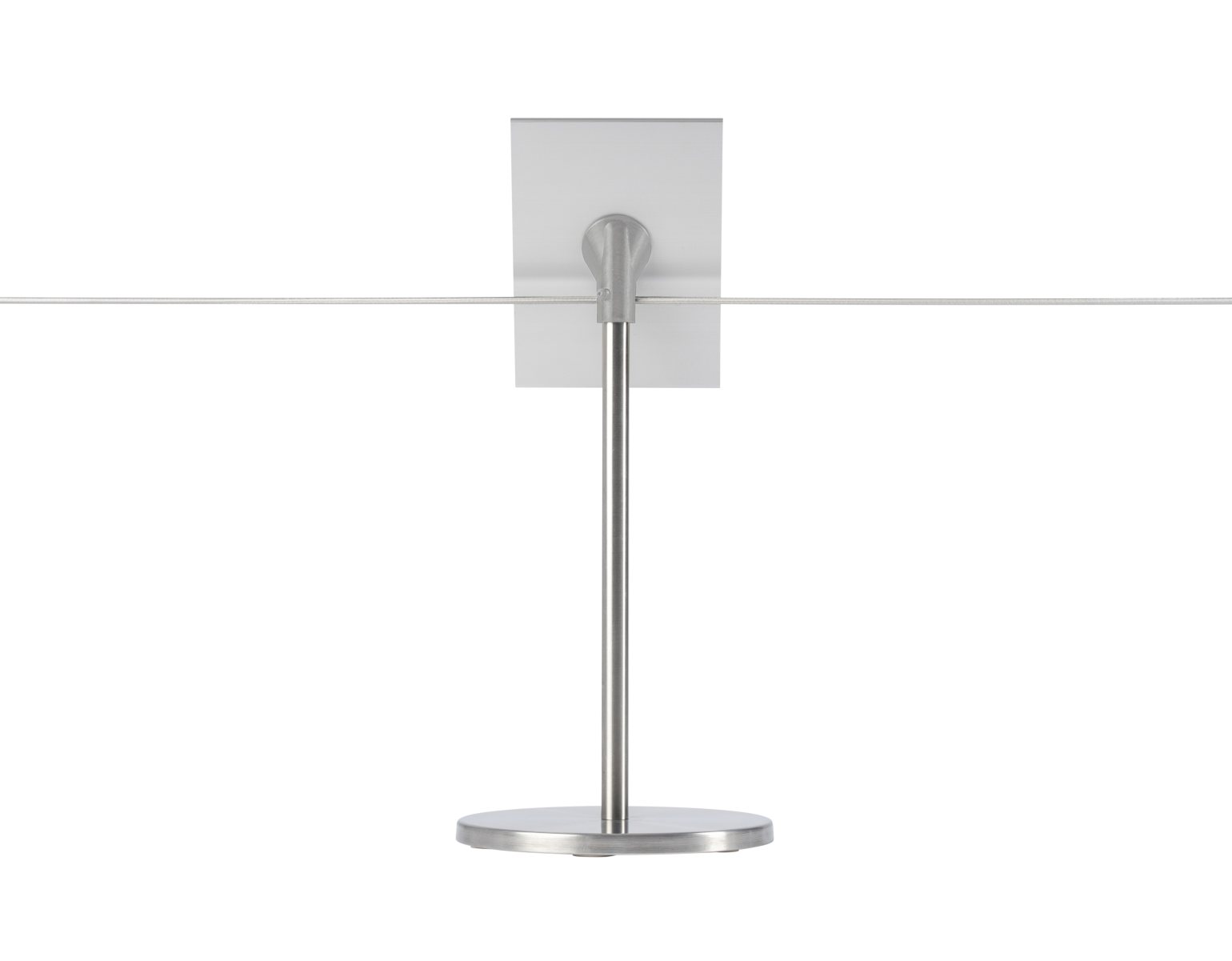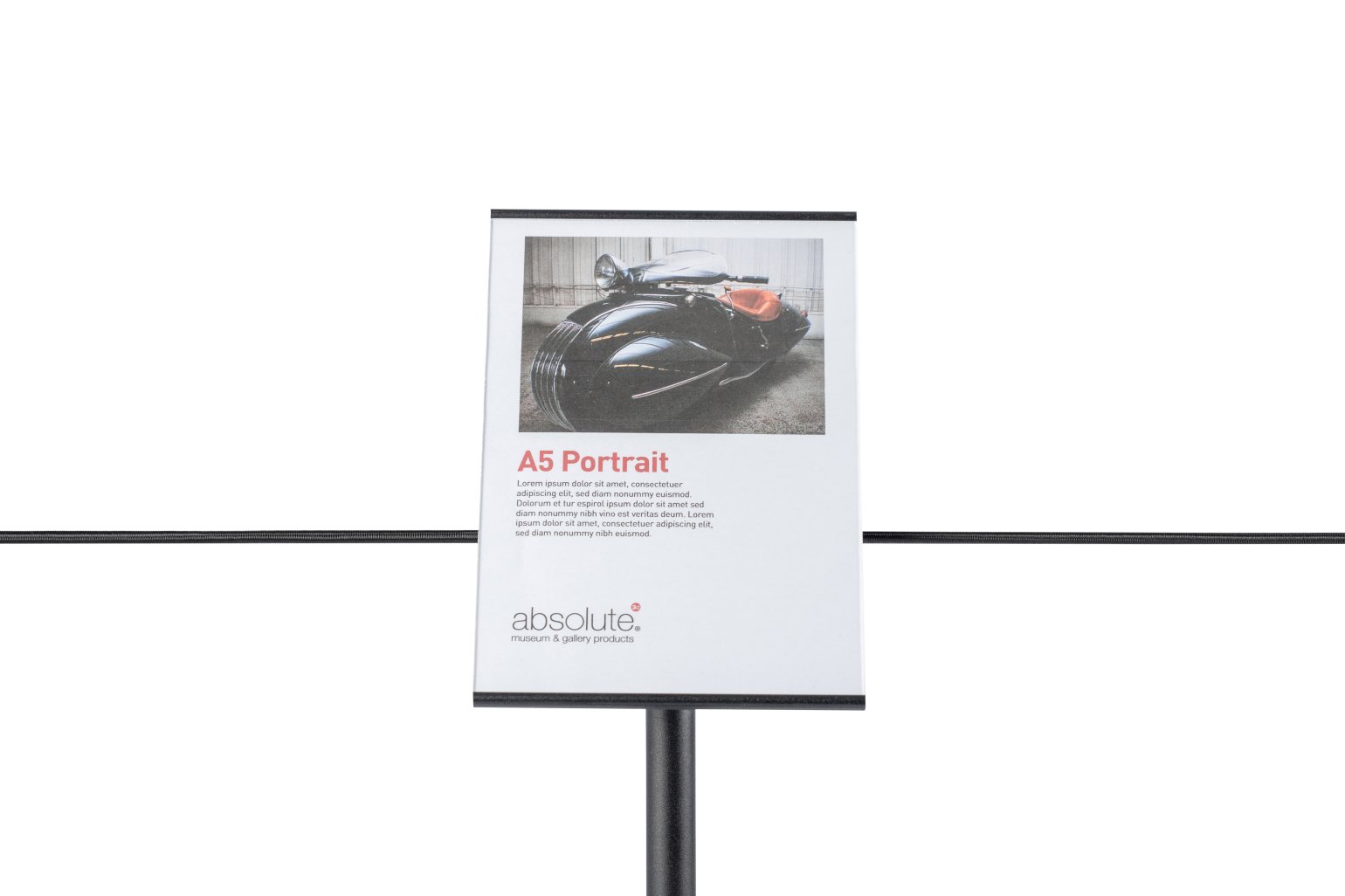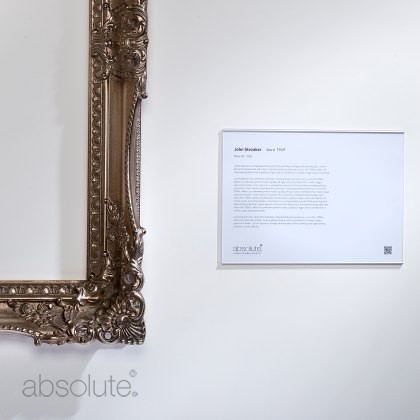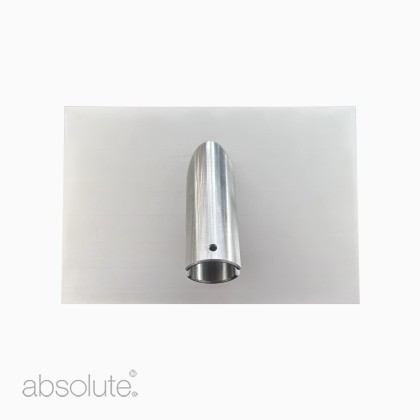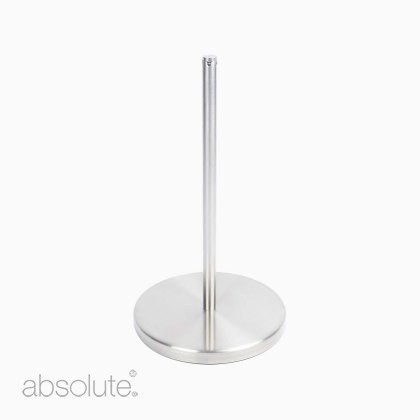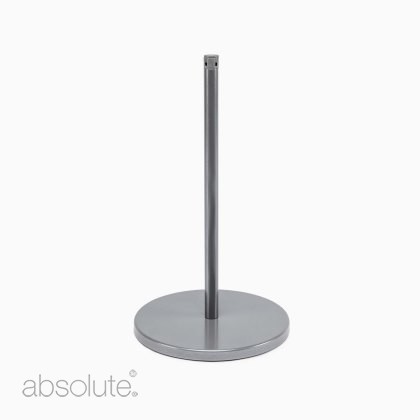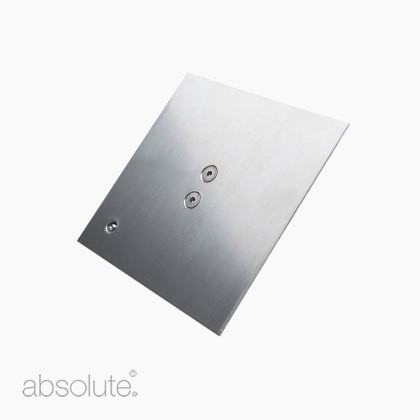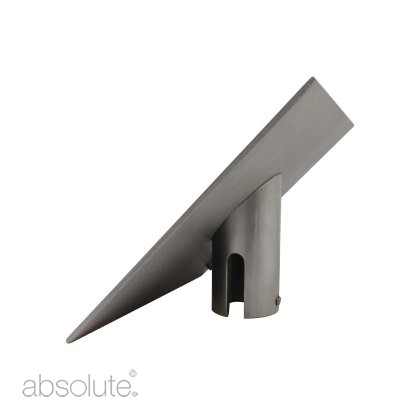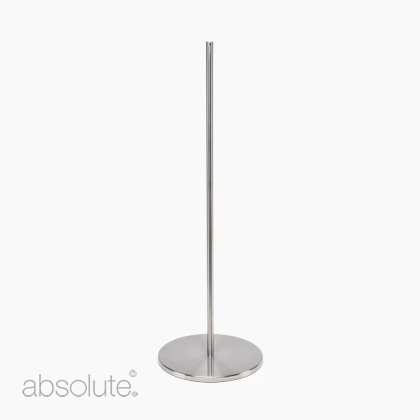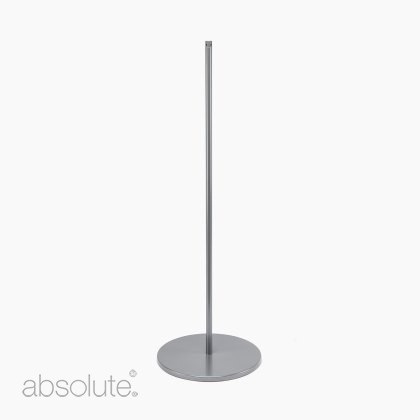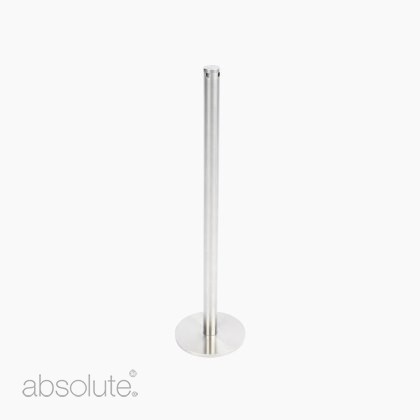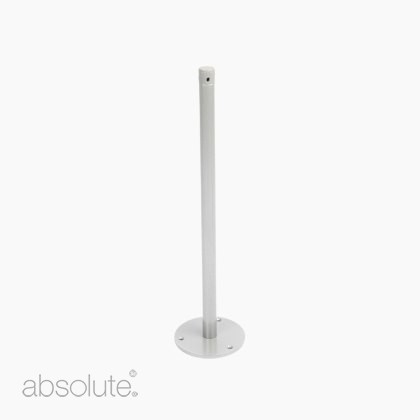Smarter Investment in Modular Barrier & Display Systems
Summary
Learn how modular barrier and display systems can transform your gallery or museum—maximising space, reducing clutter, and adapting effortlessly to changing exhibitions. Flexible, reconfigurable, and built to last, they offer a smarter, more sustainable way to present and protect your collections.“Form follows function – that has been misunderstood. Form and function should be one, joined in a spiritual union.”
— Frank Lloyd Wright, architect
Responsive display planning in modern gallery spaces
In galleries and museums across the world, even the most considered layouts are often dimensionally governed and shaped by practical constraints. Wall and floor space is finite, visitor numbers fluctuate, and interpretive needs shift from one exhibition to the next.As such, curatorial and technical teams require systems that are capable of adapting to those limitations, without requiring constant reconfiguration or costly reinvestment.
High-quality modular display and barrier systems are efficient, adaptable solutions that perfectly address the need for responsiveness in a museum or gallery environment. By using components that can be reconfigured or combined – label holders that mount to barriers, signage that adapts to different locations, barriers that accommodate cord and labels at once – spaces become more flexible and exhibition planning becomes less restricted by infrastructure.
![]()
![]()
Modularity reduces visual and physical clutter
When barriers, signs, and labels are treated as separate elements, they often compete for the same surface space, often leading to unnecessary duplication, creating congestion, and adding to the number of components technicians need to install, maintain, and store.Modular systems meet those challenges by allowing multiple display functions to exist within the same footprint. A robust slimline barrier, as one example, can include a neat label holder via a lightweight adaptor – thus removing the need for a separate interpretive stand while keeping artwork information close to the object and visitor guidance timely. The result is a cleaner visual environment and a less obstructed visitor journey.
In galleries with limited space or high visitor volumes, this kind of integration also improves safety and accessibility. Fewer freestanding components reduce trip hazards and make layout adjustments faster to implement.
Designed for multiple configurations
Absolute’s protective barrier systems are built to be reconfigured depending on the needs of the exhibition. Slimmer barriers, often used in object-based displays, can support labels of varying sizes using an easy to use adaptor – especially useful when interpretive content needs to be in close proximity to the object, but wall mounting isn’t possible or, indeed, desirable.For higher-traffic areas, Q Barriers are designed to work best with larger signage plates (A4 or A3) and the Q Barrier Signage Adaptor, held in place by enclosed edging that prevent interference or accidental dislodging. Plates can display wayfinding information or curatorial notes, without interrupting the barrier cord system.
Simultaneously, each part of the system is designed to work independently. Label holders used on barriers can be mounted to walls; barriers can be deployed with or without adaptors, and signage plates can transfer from barriers to freestanding information stands. The level of flexibility offered by modular systems is particularly useful for temporary exhibitions, loans, and layout changes – without creating redundancy in the equipment itself.
![]()
Supporting evolving exhibition needs
Exhibitions are rarely static. Even in permanent collections, reviews, rehangs, seasonal adjustments, or accessibility improvements are part of regular operations. In temporary or touring shows, changes may be even more frequent. Display systems that are fixed or inflexible can limit a curator's ability to respond to those changes efficiently – if at all, particularly when budgets are tight.Modular barrier and signage systems remove a great number of those limitations. As adaptors, plates, and holders can be repositioned or reused, exhibition teams can respond more quickly to new layouts or interpretive decisions. A label that began mounted on a barrier, for instance, can be moved to a wall or information stand without the need to replace it. A signage plate used for wayfinding can be reassigned to interpretive content in another part of the gallery.
In short, interchangeability reduces the need for single-use components and shortens installation time for technical teams. Fewer custom setups mean fewer points of failure, and ultimately, less disruption during changeovers.
![]()
Extending the life of display equipment
In museum and gallery environments where storage space is limited and budgets are carefully managed, the longevity of equipment is a key consideration. Systems that serve a single purpose or rely on bespoke fixings are more likely to be sidelined when exhibitions change, ultimately putting unnecessary pressure on budgets and storage capacity.By contrast, a modular system is designed to accommodate variation. Label holders, barrier components, and signage adaptors are built for compatibility, meaning they can be repurposed across different departments or reused in entirely new configurations. Equipment doesn’t have to be retired when the function changes – it can be reassigned!
As well as a cost-saving measure, this kind of longevity provides a way to ensure consistency across gallery spaces. When components share a visual language and physical compatibility, exhibitions look more coherent. Visitors benefit from a more unified experience, and curators have fewer compromises to make between form and function.
![]()
Making display systems work harder
Barriers, signage, and interpretive labelling are fundamental to any gallery environment. But how these elements are integrated can have a direct impact on the success of an exhibition – both practically and visually.Modular systems support the kind of flexibility that modern galleries increasingly require. They reduce physical clutter, support smoother visitor flow, and allow curators and technicians to adjust displays without starting from scratch. They also make better use of investment – extending the life of products and reducing the need for single-function components, thus maximising budget efficiency.
As gallery spaces evolve to meet new demands – from accessibility to audience growth to tighter environmental control – the systems used to manage those spaces must be able to evolve too. Modular infrastructure is a practical solution to a longstanding challenge: how to present works clearly, securely, and professionally, while keeping the exhibition process manageable behind the scenes.
If you’d like to explore options for modular barrier or display systems, or want advice on fitting them into your gallery or museum space, please do get in touch – we’d be very happy to help.
Get in TouchRelated Products
Label Holderfrom $15.44 (ex VAT)Signage Adaptor for 20mm Barriers (100, 150 & 210mm Labels)$61.74 (ex VAT)Freestanding Barrier (400mm)from $167.58 (ex VAT)Signage Adaptor for 20mm Barriers (For A4 & A3 Labels)$85.26 (ex VAT)Freestanding Barrier (1000mm)from $291.06 (ex VAT)Surface Mounted Barrierfrom $120.54 (ex VAT)-
Posted by Jade Turner
13th August 2025

